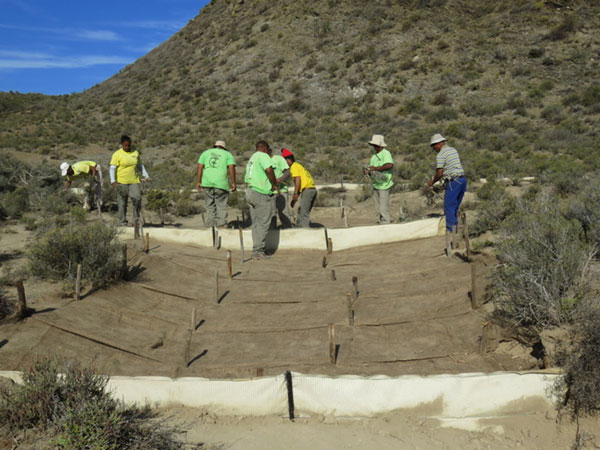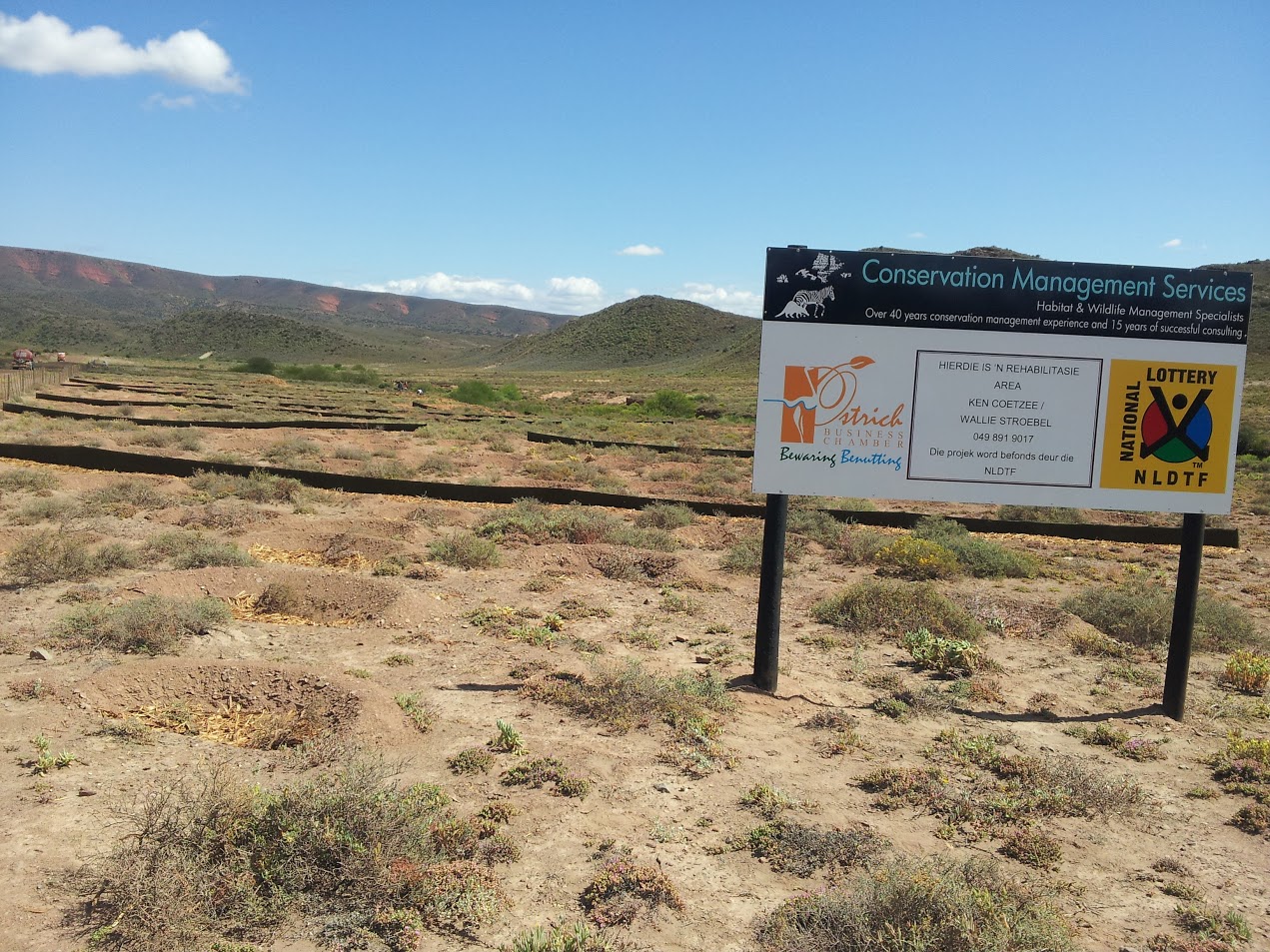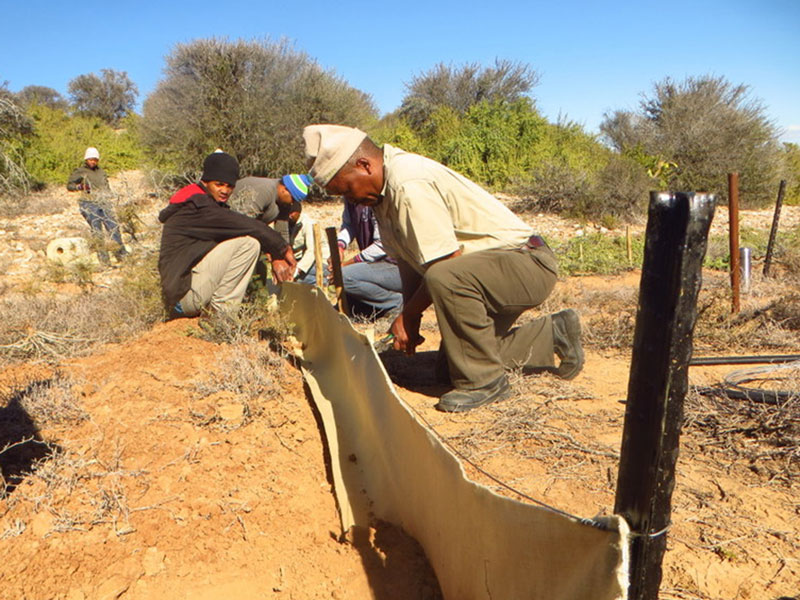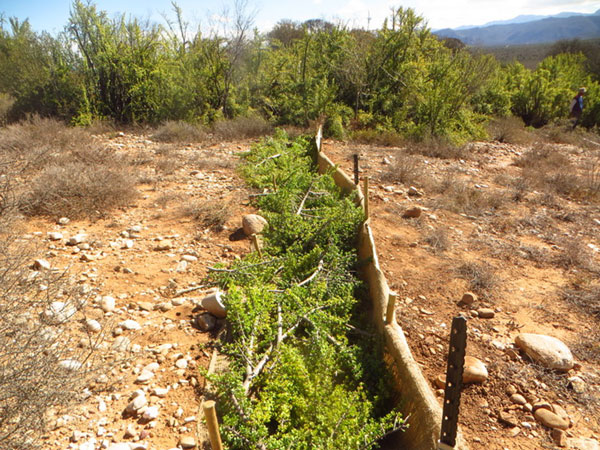OSTRI-BEE is a sincere endeavour of the South African Ostrich Industry to be instrumental in the reaching of goals of Broad-based Black Economic Empowerment (BBBEE) as set by government.
In order to comply with the Agri-BEE guidelines, the South African Ostrich Business Chamber (SAOBC) developed a unique OSTRI-BEE model that focuses on the entire value chain derived from this rather unusual but uniquely South African bird.
Due to the specialised nature of the ostrich industry, and to minimise risk for new participants, it is important to distinguish between two entry levels: primary producer and processor involved in value adding.
The ostrich industry encourages participation in the entire value chain. Hereby we believe that:
- New participants will be able to increase their income and raise their standard of living.
- Their ability to access capital and natural resources (land) will be enhanced.
- The number of Black managers and specialists will be increased.
There are, however, definite risks and certain challenges that new entrants inevitably have to face:
- Access to capital: It takes quite a long time for a new entrant to receive the first income.
- Cashflow and income is based on a seasonal production pattern which places a lot of pressure on self-sustainability over the period
- As an export focused product it is highly dependent on continued/ maintained export status
- High intellectual capital on husbandry and care with stockman ship taking an extremely important place in success.
OSTRI-BEE focuses on development and skills-training:
- The ostrich industry plays an active part in the training of artisans at ostrich abattoirs and ostrich tanneries.
- Structured mentorship programmes exist on both farm and processor level.
- Clear targets have been set for staff development.
- Various development programmes have been implemented.
- Agri entrepreneurship intern/learnership models to address primary producer development.




